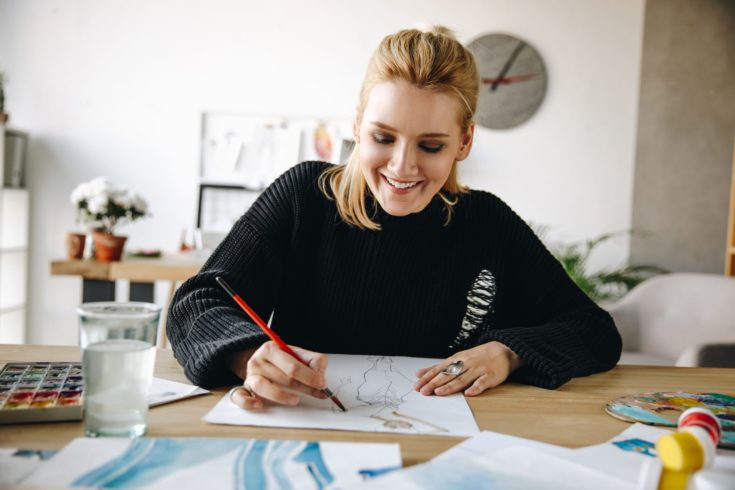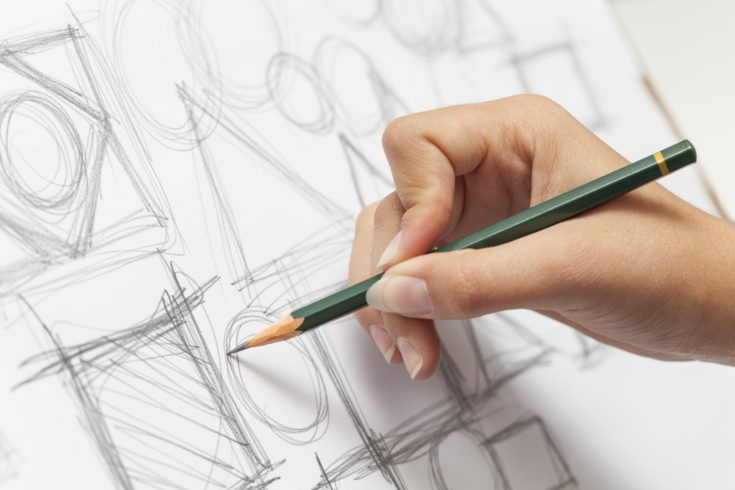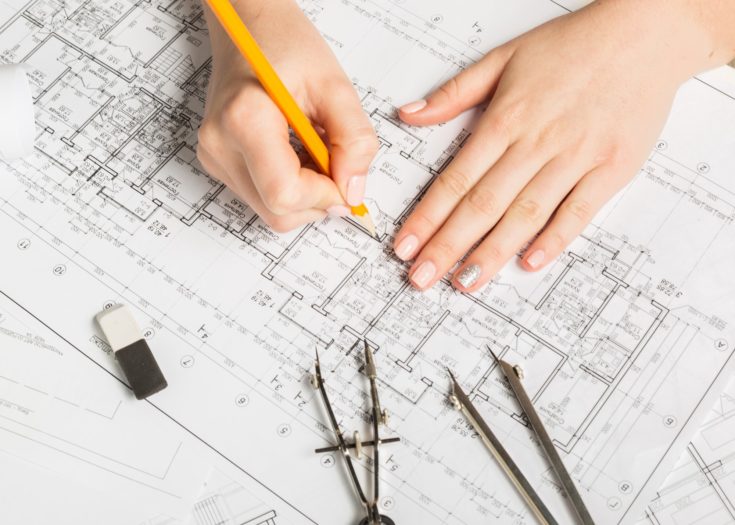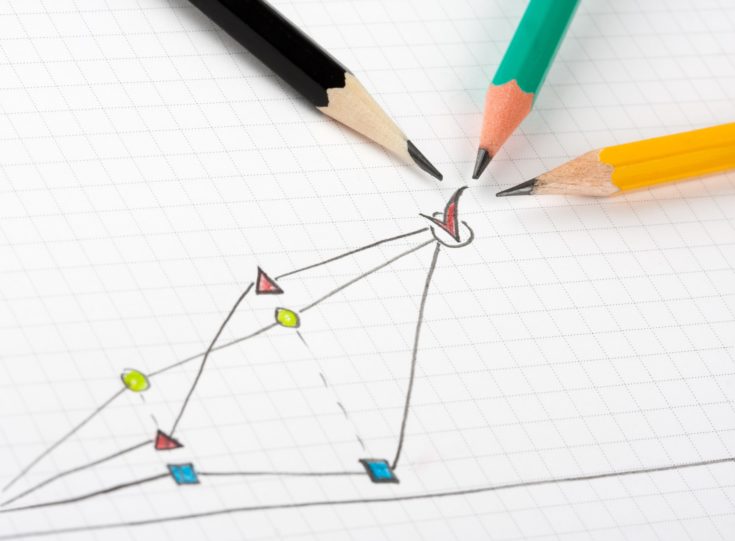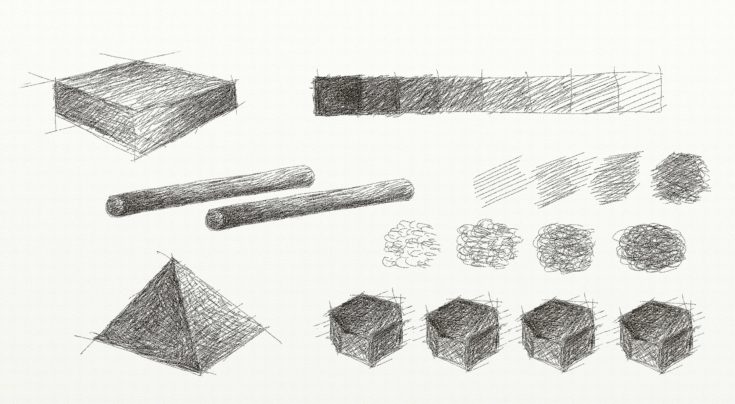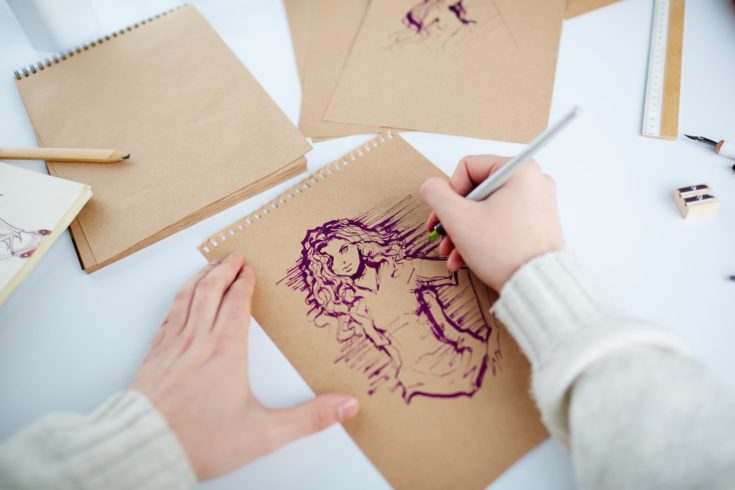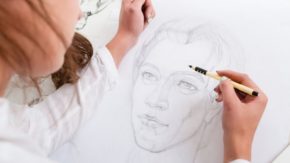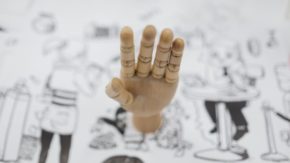Those who believed they never really have a talent for the arts gave up on the idea of drawing. But what if we told you that talent is actually a skill that you can learn? If you knew that learning how to draw is actually a process that even the “clumsiest” and “least talented” people could learn, would you be willing to it a shot? Let’s just see if the “talent can be learned” hypothesis is valid when it comes to drawing.
Benefits of Sketching
As science will tell you, sketching helps improve your mood. In fact, this statement is true when practicing just about any form of art. Even so, people who didn’t like sketching at first began to grow attached to it the more they learned and practiced, and began to see the fruitful results of this art. Sketching can be beneficial on plenty of other levels as well:
- Since sketching really helps people get in touch with their creative side, it also develops one’s sense of thinking outside of the box. At first, you might learn plenty of sketching techniques by copying other designs and drawing, but as time passes and you get better at it, you will want to make your own designs and test your own visual skills by putting the fruit of your imagination down on paper. Furthermore, scientific evidence suggests that drawing helps people visualize things in a different manner, and can also help improve a person’s problem-solving capacity. Could sketching be an activity that helps people improve their critical thinking? Hm, that’s something to explore.
- Art helps relieve stress, and that’s a statement that anybody who practices some form of art can definitely reaffirm. Because sketching is about paying attention to details, it’s a mean to help you disconnect from the outside world. In other words, sketching requires absolute focus and discipline, which gives your brain less time to focus on worries and problems. Have you ever seen the movie “The Social Network”? If you have, you might have noticed a scene where the programmers who were writing code were “wired in” and paid no attention whatsoever to the world around them. Isn’t the idea of being able to disconnect from the external environment and focus on something you like just amazing?
- Sketching helps improve your coordination. When you sketch, draw, sew, paint, sculpt, etc., your hand-eye coordination is working together with you. This, in turn, helps fine-tune your motor skills, and can actually make people rely on their instincts more. Sketching involves two senses: sight and touch. What does this mean for you, exactly? It means that the right side of your brain takes over, making you rely less on drawings you’ve memorized and focuses your attention on the movement of your hands. The result is better coordination.
- Communicating through art is, after all, a form of communication. This can help you understand feelings and emotions on a whole new level, because “an image speaks louder than 1,000 words”. We’ve all heard that saying, haven’t we? Well, it is very true. When you’re relying on images instead of words, you are telling a story with every detail, a story that you will involuntarily repeat in your mind as your drawing progresses. This can actually improve your communication skills.
- And probably one of the greatest benefits of sketching that people don’t talk about is that you begin to really enjoy spending time with yourself. When you’re trying to master a new art such as drawing, there will be plenty of self-conversations that might actually put some of the ideas inside your head in proper order. Once you begin to develop a true love for sketching, every minute spent doing it turns into quality time that you spend with yourself.
Types of Sketches
Making a 100 percent accurate classification of sketching types is pretty complicated, particularly when you’re talking about a form of art that people interpret so differently. Even so, we wanted to name a few styles for sketching that everyone can try, even as beginners:
- Line drawing means that you’re just creating contours, without any sort of fill or shade. This is a great way to start exercising your drawing skills at first. You can try continuous line drawing, which implies sketching a certain object without lifting your pencil off the sheet of paper. It’s basically the use of a single line that results in a sketched object.
- Pointillism is a bit more complicated than line drawing because it usually involves having a clearer view of what the end image will look like. This technique involves creating hundreds or thousands (even more if you’re a professional sketcher) of dots of different sizes in order to recreate an image.
- Cartoon sketching isn’t just super fun, it’s also quite easy. That’s because instead of focusing on many little details, you focus on the representation of a certain character, an object, or a situation itself. Cartoons are a great way to shift your attention to hyper-realistic drawings, and a way to practice your representation of certain situations (Tom and Jerry much?).
- Doodles are something that people associate with a meaningless way to pass the time, but they are actually a great starting point for beginners who are looking to improve their sketching techniques. One of the greatest parts about doodling is that you can let your mind wander to all sorts of things, thus exploring your subconscious. Doodling is represented by simple and clear lines, and they are an absolute blast to make.
Naturally, there are other types of sketches to try, but they involve a lot more time and practice to master:
- Architectural sketches can take a very long time to complete. That’s because these drawings are very rich in detail, which makes them extremely technical.
- Photorealistic sketches can take hundreds of hours in order for the final result to be satisfying.
- 3D drawings are something that you must have come across in your Facebook news feed at least once. They are realistic drawings that are meant to create an optical illusion due to their depth. However, sketching a 3D image is quite complicated, and requires plenty of practice before getting it right.
Sketching Tips to Get You Started
Pencils are very important
When it comes to sketching, using the wrong pencil can discourage you. If you notice letters on the side of the pencil, know that they stand for the hardness of the graphite. For example, pencils that are marked with an “H” are harder, while those marked with a “B” are softer.
It’s also important to learn how to mix traditional pencils with mechanical ones. Mechanical pencils will be very useful when you’re trying to create precise details in your sketches. On the other hand, traditional pencils are better suited for large texture areas.
The way you hold your pencil can also make a world’s difference. For example, when your hand is closer to the tip of the pencil, it gives you more control over your drawing instrument, but will also result in darker markings. For lighter markings, you want your hand to be further away from the drawing tip of your pencil.
Mix lines and mark-making methods
When you start learning new sketching techniques, practice them a lot to understand how to achieve different effects. Sketching is a lot about practice, so experimenting to see which style suits you best will eventually help you become better at this. Your goal isn’t just to learn complementary techniques but to improve your style.
Plenty of illustrators will tell you that not all lines are identical, which means that you have to use varied lines to make the best out of your drawings. When you fiddle with darkness and width, you are more likely to create an interesting drawing.
However, before you can actually put all those varied lines to good use, you will have to control the kind of mark you put on paper. To get better at this, experiment using different pencil grades, and hold them in different ways to understand how they work and what type of results that each render.
Practice edges and shading
Edges create interest in a drawing. Once you learn more about edging techniques, you will begin to understand how you can combine them to get interesting borders. You can use undefined, lost, hard, and thin edges, but only after you’ve explored all four will you be able to adapt them to your drawing style.
To practice shading, you will need a blending stick. You can also get pretty cool blending effects by using a pencil. Here is a technique that might help you out at first: grab a spare piece of paper and create a big watch using soft graphite or perhaps a charcoal pencil. Then, take a large blending stick and use it to pick up your image’s soft dust. With the help of the blending stick, you can scribble along with the need for more graphite.
Practice as often as you can
Every skill needs practice if you want to be able to master it and be really good at what you do. Naturally, you won’t nail it the first time, but the important part is not to get discouraged and if this is really something you’re interested in, practice as much as you can.
Instead of watching another episode from a TV series, practice. Instead of going out for drinks, practice (but remember to have some fun from time to time). Instead of reading gossip news, practice.
Work clean
Smudging is something that can easily occur when you’re sketching. In order to avoid that from happening, always use an extra piece of paper and place it underneath your hand. This will prevent your hand’s heat and natural oils from smudging your pencil lines. Make sure to use a drawing table of the right size to avoid unnecessary clutter.
Start with easy-to-draw stuff
If you’re new to this whole concept of sketching and want to start by recreating the Dome of Milan, that will probably leave you frustrated and wanting to quit every 15 minutes or so. As with every other skill, you want to start small, and that means focusing on sketches that will actually teach you one new thing at a time. Here are some suggestions:
- Consider drawing curly hair. It might sound silly, but this is will help you practice your curves because you will have to draw squiggly lines and then add dimension to them.
- And while we’re on the topic of “hair”, how about learning to draw animal fur? It implied a different type of sketching compared to what it takes to draw human hair, particularly because fur isn’t all about even layers and natural hair flow.
- If you haven’t seen a Facebook video of someone sketching an eye, who are you even friends with? Just kidding, but you must have seen these artists there were making amazing drawing representations of human eyes. In the first few tries, your eye drawing will very much look like they were torn from a Sailor Moon episode, but you’ll get there. Eyes are a great way to practice several techniques in a single sketch: from curves to shades.
- FRUIT! No, let’s rephrase that. STILL LIFE! By drawing elements of still life, such as fruit, you can practice your circles, strokes, and even your shadows. Everyone has a piece of fruit or a vegetable lying around the house, and what better way to make “portrait” than by drawing a subject that doesn’t move? You can also check interesting still life drawing ideas at 9mousai.
Conclusion
Sketching is the first step in creating a mind-blowing drawing, which makes it the most important one of all. Without sketching, it would be very difficult to learn how to draw, but make no mistake, it is a skill that takes time to master and fully understand.
Every person has a different style they like to approach when making a sketch, which is why there isn’t an award-winning formula, that one tip that everyone could learn and immediately make amazing drawing. With sketching, it’s all about practicing for your drawing to take shape, which is why it’s important not to get discouraged if your first sketches look lousy. With plenty of practice, you can advance from an apple drawing to a superb fire-breathing dragon one.
If you’re working with pencils on your art projects, you might consider having your own sharpener. Check our recommendations here.
